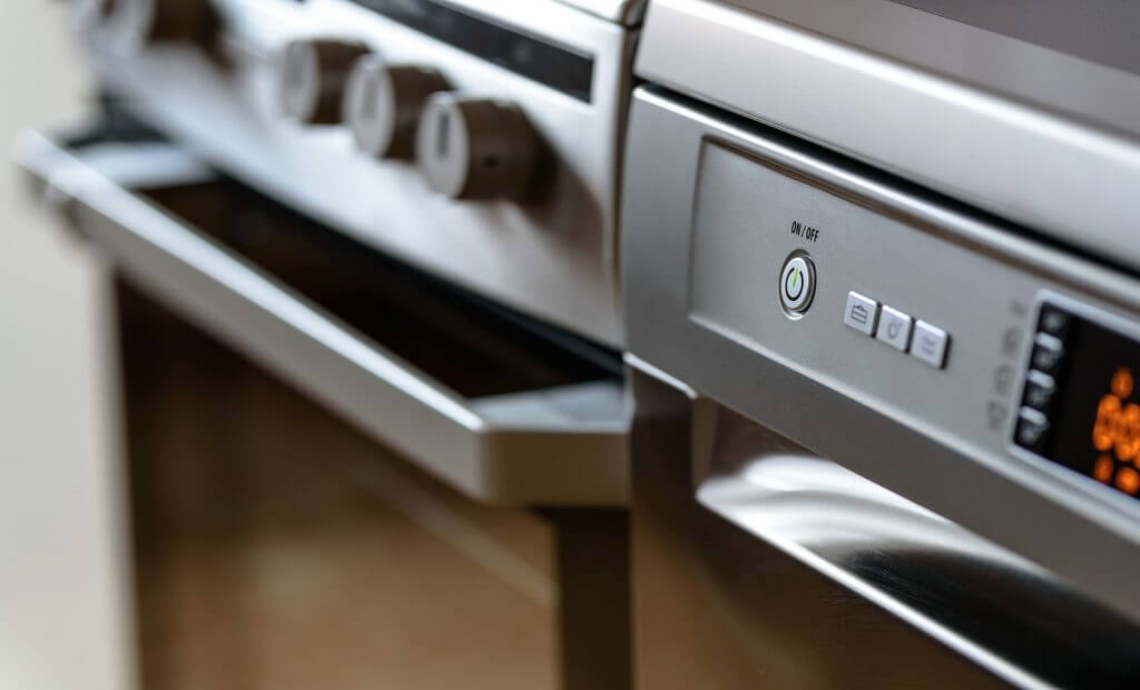
Guide to installing a washing machine: turn off water, prepare area, connect hoses, install drain hose, position machine, connect power, test.
Installing a washing machine might seem like a daunting task, but with the right tools and instructions, it can be done efficiently. Whether you're replacing an old unit or setting up a new one, following these steps will help ensure a smooth installation.
Before starting, it's important to familiarize yourself with the plumbing requirements and safety precautions. You'll need to be comfortable working with water supply lines and drainage systems. If you're not confident in your plumbing skills, it may be best to consult a professional.
Plumbing can be complex, especially if you're dealing with older pipes or unique setups. Handy Experts' team of skilled plumbers has been installing washing machines for years and can handle any complications that arise. Our team operates across London, so if you need assistance, you know who to call.
While we highly recommend hiring a professional plumber to help with any plumbing work, here is our guide on how to install a washing machine.
Before you begin, turn off the water supply to prevent any leaks or flooding. Locate the shut-off valves, usually found near the existing water connections, and turn them off. If you're unsure which valves to turn, consider shutting off the main water supply for the house.
Ensure that the area where you plan to install the washing machine is clean and free of debris. Measure the space to confirm that your new washing machine will fit. Check that there are accessible water supply lines, a drainage outlet, and an electrical socket.
Top tip: Take a photo of the existing setup for later reference.
Most washing machines come with two water supply hoses—one for hot water and one for cold. Attach these hoses to the corresponding water supply valves. Make sure to securely tighten the connections to prevent leaks. It's a good idea to use a plumber's tape on the threads to ensure a watertight seal.
Connect the drain hose to the washing machine's drain outlet. Secure the other end of the hose to the drain standpipe or sink, ensuring it is properly fastened to avoid leaks or water backups. Make sure the drain hose forms a loop higher than the top of the washing machine to prevent siphoning.
Carefully move the washing machine into place, ensuring it is level. Most washing machines have adjustable feet that you can use to balance the unit. A level washing machine will operate more quietly and efficiently.
Plug the washing machine into the electrical socket. Make sure that the outlet is grounded and suitable for the washing machine's power requirements. Avoid using extension cords as they can pose a safety hazard.
Turn the water supply back on and check for any leaks at the connections. Run a short wash cycle to ensure that the machine fills, drains, and operates correctly. Make sure to monitor the washing machine during this initial test to catch any issues early.
If this seems like too much, why not contact the professionals?
Our experienced team at Handy Experts can install your washing machine quickly and efficiently. Besides plumbing installations, our team can also handle a range of other home maintenance tasks. Give us a call today at 0800-0-12-12-12 or request a quote by filling out our online form.
At Handy Experts, we strongly advise that you always consider safety precautions when undertaking a DIY project. We also strongly suggest that you closely read and follow the instructions provided by the manufacturer of any building materials, products, or tools you use for your projects.
We aim to provide you with clear and correct instructions so that you can easily complete any DIY project you desire. However, please note that the information we provide should only be used as a guideline and that some information within the text may not be entirely accurate.
When using our articles for information and advice, please note that it is your own responsibility to determine whether you are capable of undertaking and executing the task you wish to complete.
Before starting a DIY task, you must inform yourself of any existing building, gas, water, and electrical works regulations. If you have any further concerns, we recommend that you complete additional research and/or contact the necessary professional body.
We also strongly recommend that a qualified tradesperson completes the relevant safety tests and checks on any DIY work you have completed.
< Back to blog listUse the form to request your callback and we'll come back to you straight away.

Put your contact details into the form along with anything you'd like to share with us about the job.

Our office experts will check the details and call you back with prices and availability.

If it sounds good and you like your trade services hassle-free & fully managed then we're ready to book you in!